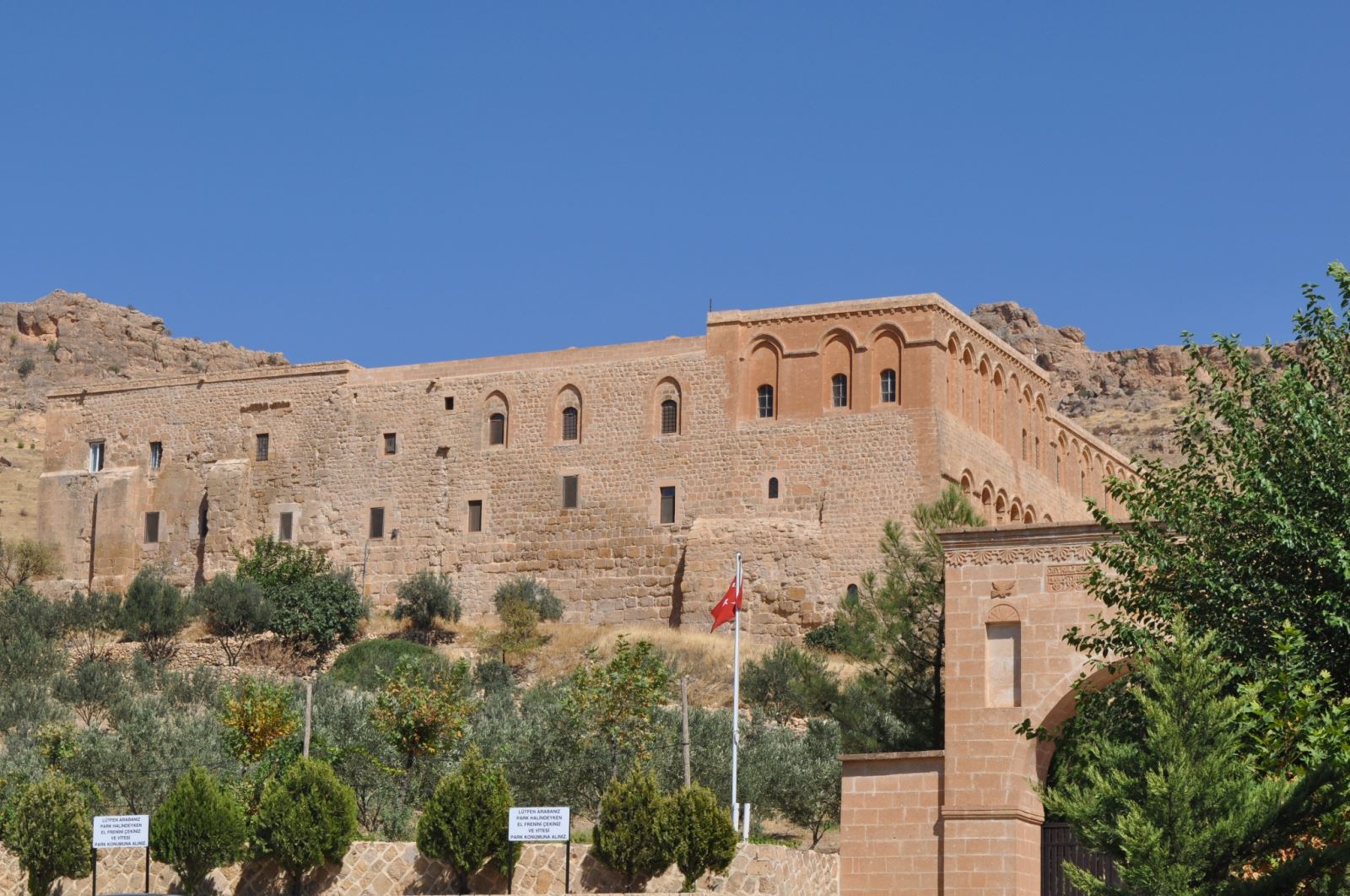Deyrulzafaran Monastery is 4 kilometers east of Mardin, at a point overlooking the Mardin Plain. Consisting of three floors, the monastery gained its present form in the 18th century with the additions made at different times, starting from the 5th century. The monastery was built on a complex that was used as a BC Temple of the Sun and later as a fortress by the Romans. When the Romans withdrew from the region, Saint Şleymun brought the bones of some saints here and turned the castle into a monastery.
For this reason, the Monastery was formerly known as the Mor Şleymun Monastery. After the Metropolitan of Mardin and Kefertüth Aziz Hananyo made a major renovation starting from 793, the monastery was known as Mor Hananyo Monastery after him. After the 15th century, the monastery began to be called Deyrulzafaran (Saffron Monastery) due to the zafaran (saffron) plant growing around the monastery.

Deyrulzafaran Monastery – Mardin
Deyrulzafaran Monastery and Printing House
Deyrulzafaran Monastery, which draws people’s attention with its domes, arched columns, wooden handicrafts, and stone embroidery in the interior and exterior, was one of the religious education centers of the Syriac Church throughout its long history. The person who brought the first printing press to the region was the 4th Peter, who was patriarch in this monastery and died in 1895. In 1876, he had the printing press, which he bought during a visit to England in 1874, brought to the monastery. Until 1969, Arabic, Ottoman and Turkish books were published in Syriac, and a monthly magazine called Öz Hikmet until 1953. Some of the pieces remaining from the printing house are exhibited in the monastery, and some are exhibited in the Kırklar Church in Mardin.
The monastery is one of the important religious centers of the Syriac Church today. Deyrulzafaran Monastery, the residence of the Metropolitan of Mardin, is visited by Assyrians scattered all over the world to receive prayers and blessings. Again, thousands of local and foreign tourists visit the monastery by traveling a short or long way.
Source: Mardin Governorship, “City Map and City Plan”, 2013
